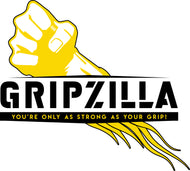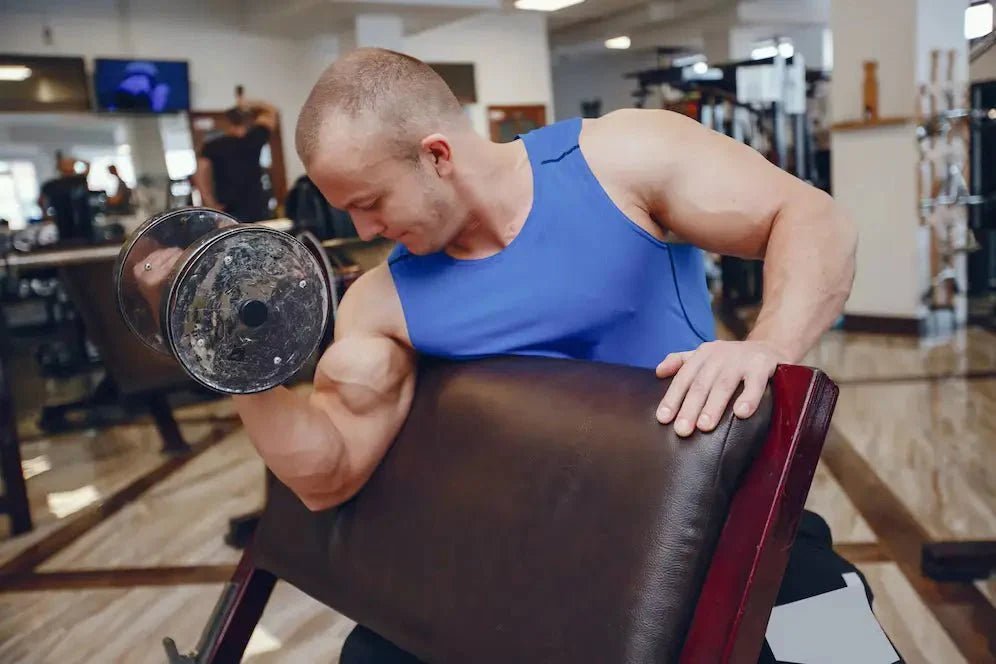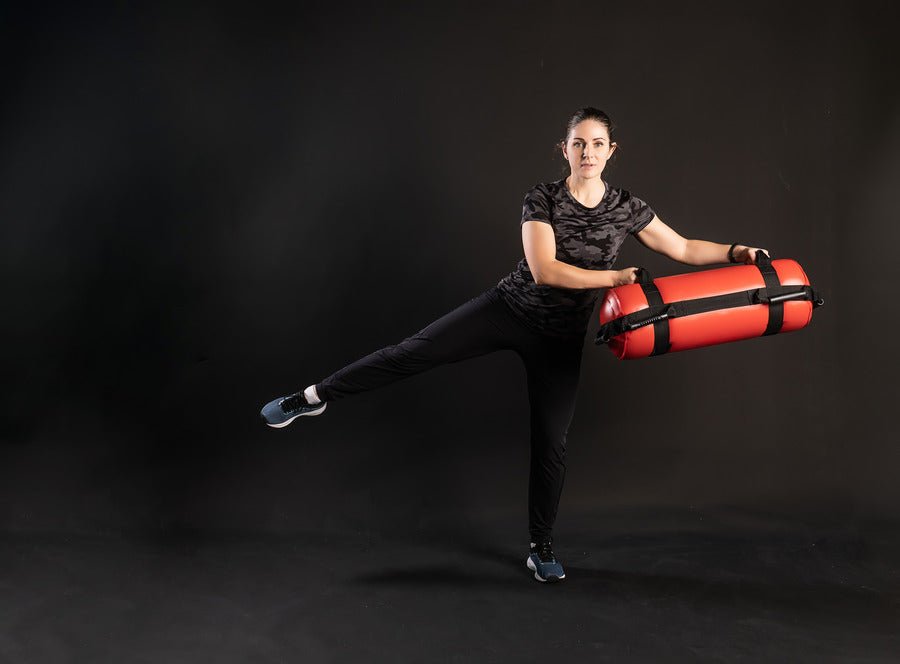Are you ready to shake up your fitness routine and discover a new way to level up your squat game?
Step into the world of "Spanish Squats," a dynamic variation of the classic squat exercise that promises to engage your muscles in an entirely different manner.
If you've been seeking a challenging workout targeting multiple muscle groups while enhancing your balance and stability, then Spanish Squats might be your new favorite exercise.
In this article, we'll discuss the ins and outs of Spanish Squats, exploring how they work and why you should consider incorporating them into your fitness routine.
Get ready to redefine your squats and unlock a fresh perspective on lower body training.
What Are Spanish Squats?
Spanish Squats present a unique variation of the traditional squat exercise that can significantly enhance your workout regimen.
This version involves the use of a Resistance Band, which is securely fastened around a central anchor point, often found on equipment like a power rack. The Resistance Band is then draped across the back of both legs, forming open loops.
The innovative aspect of Spanish Squats lies in how the Resistance Band interacts with your body.
As the band exerts a backward pull on your legs, it facilitates an adjustment of your center of gravity towards the rear.
This distinct setup allows you to modify your squatting posture, enabling you to sit back deeper into the squat—a position akin to that of a wall squat.
What Are The Muscles Worked By Spanish Squats?
Here's a breakdown of the main muscle groups worked by performing Spanish Squats:
1. Quadriceps
The quadriceps, located on the front of your thighs, are heavily engaged during the squat's lowering and lifting phases. They're responsible for extending your knee and straightening your leg.
2. Hamstrings
The hamstrings, located on the back of your thighs, are also involved in the movement as they work to bend your knee during the one-legged squat phase and help control your descent.
3. Glutes
Your gluteal muscles (gluteus maximus, gluteus medius, and gluteus minimus) play a significant role in stabilizing your hips and extending your hip joint. They're particularly engaged during the upward phase of the squat.
4. Core Muscles
Your core muscles, including the rectus abdominis, obliques, and transverse abdominis, are essential for maintaining balance and stability throughout the exercise. They help stabilize your spine and pelvis, preventing excessive leaning or tilting.
5. Hip Flexors
The hip flexor muscles, located at the front of your hips, are responsible for lifting your extended leg during the one-legged phase of the squat. They play a key role in hip mobility.
6. Adductors
The adductor muscles on the inner thighs help stabilize your legs during the squat, especially during the one-legged portion.
7. Calves
While not the primary focus, the calf muscles are engaged to some extent, especially during the pushing phase when you're lifting your body back up.
8. Erector Spinae
These muscles, located along your spine, work to maintain an upright posture and stabilize your back throughout the movement.
How To Perform Spanish Squats?
- Setup and Warm Up: Attach a pull-up band or long band around a stationary object at about waist height. Secure the band and make sure it's stable. Start with a brief warm-up to prepare your muscles for exercise.
- Band Placement: Take the same band and wrap it behind the back of your legs around your knees. The band should provide gentle resistance, helping with proper form and muscle engagement.
- Starting Position: Stand with your feet hip-width apart and your toes pointing forward. Distribute your weight evenly between both feet, shifting slightly into your heels. Maintain a neutral spine, keeping your back straight and your chest up.
- Core Engagement: Engage your core muscles by gently pulling your belly button towards your spine. This helps maintain a stable and supported torso throughout the movement.
- Shoulder Position: Relax your shoulders and ensure they are not hunched up towards your ears. Keep them down and back for better posture.
- Squat Descent: Slowly begin to sit back into a squat position. Imagine you're lowering yourself onto an imaginary chair. Only go as low as you feel comfortable while maintaining good form. Your knees should track in line with your toes.
- Form Check: Check your body alignment. Aim to achieve a 90-degree position at your hips and knees when lowering, maximizing the benefits of the squat.
- Depth and Comfort: As you descend, find a comfortable depth where you feel a stretch and engagement in your lower body muscles. Avoid going too low if it compromises your form.
- Press Through Heels: From the lowered position, press through your heels to return to the standing position. Focus on using your leg muscles to lift your body up while maintaining control.
- Repetition: Repeat the squat movement for the desired number of repetitions. Remember that quality is more important than quantity. Focus on maintaining proper form throughout each repetition.
Benefits Of Doing Spanish Squats
Spanish Squats offer a range of benefits that make them a valuable addition to your fitness routine. Here are the key advantages of incorporating Spanish Squats into your exercise regimen:
· Muscle Engagement
Spanish Squats engage a variety of muscle groups, including the quadriceps, hamstrings, glutes, and core muscles. The unilateral nature of the exercise (working one leg at a time) can lead to greater muscle activation compared to regular squats.
· Balance and Stability
Balancing on one leg during the extended portion of the squat challenges your proprioception (sense of body position) and helps enhance your overall balance and stability. This is particularly beneficial for improving functional fitness and reducing the risk of falls.
· Core Strengthening
Maintaining balance during Spanish Squats requires significant core engagement. This helps strengthen the muscles that support your spine and pelvis, contributing to better posture and reducing the risk of lower back pain.
· Flexibility and Mobility
Spanish Squats require a good range of motion in your hips and ankles. Regularly performing this exercise can help improve your flexibility and mobility in these areas over time.
· Functional Strength
The movements involved in Spanish Squats mimic real-life activities that require balance and leg strength, such as walking, climbing stairs, and getting up from a chair. This functional strength can enhance your overall quality of life.
· Caloric Expenditure
Like any squat variation, Spanish Squats require significant energy due to the multiple muscle groups involved. This can contribute to increased caloric expenditure and support weight management goals.
Mistakes To Avoid While Doing Spanish Squats
Performing Spanish Squats with proper form is crucial to avoid injury and to target the intended muscle groups effectively.
Here are some key mistakes to avoid while doing Spanish Squats:
- Leaning Too Far Forward: Leaning excessively forward can put extra stress on your knees and compromise your balance. Maintain an upright posture throughout the movement to ensure proper alignment of your joints.
- Arching Your Lower Back: While keeping your back straight is important, avoid arching your lower back excessively. Engage your core muscles to maintain a neutral spine position.
- Lifting Your Heel: Keep your foot flat on the ground throughout the movement. Lifting your heel can destabilize your balance and increase the risk of injury.
- Allowing Knees to Collapse: Make sure your knees are tracking in line with your toes during both the squatting and one-legged phases. Allowing your knees to collapse inward can strain your knees and lead to improper movement patterns.
- Not Engaging Core Muscles: Your core muscles play a crucial role in stabilizing your body during Spanish Squats. Failing to engage your core can result in poor balance and form.
- Rushing the Movement: Spanish Squats should be performed with control. Avoid rushing through the exercise, as this can compromise your form and reduce the effectiveness of the workout.
- Ignoring Hip Mobility: If you lack hip mobility, you might be unable to comfortably lower yourself into a one-legged squat. Work on hip mobility exercises before attempting Spanish Squats to prevent strain on your joints.
- Neglecting Warm-Up: Skipping a proper warm-up can increase the risk of injury. Prior to performing Spanish Squats, ensure your muscles are adequately warmed up through light cardio and dynamic stretches.
- Overextending the Extended Leg: When extending one leg forward, avoid overextending it to the point of discomfort or strain. Keep the leg parallel to the ground or slightly higher.
- Using Momentum: Concentrate on using your muscles to control the movement, rather than relying on momentum. This ensures that you're getting the maximum benefit from the exercise.
Over To You
You encourage growth, development, and overall improvement by challenging your body with new movements like Spanish Squats.
So, whether you're a seasoned fitness enthusiast or just starting your wellness journey, try Spanish Squats.
Here's to Spanish Squats and the continuous exploration of innovative fitness horizons.



